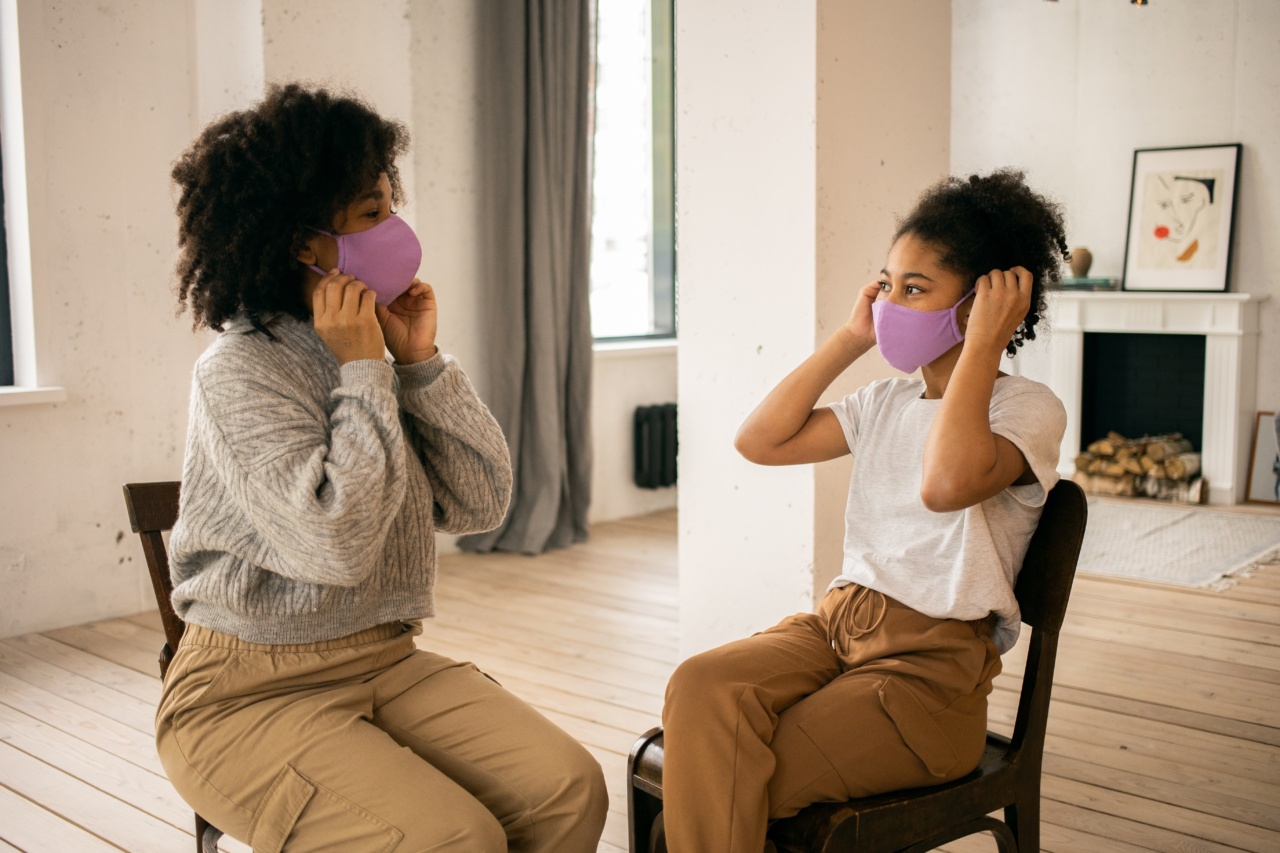As a parent, your child’s safety is always a top priority. While it may seem like your home is a safe haven, there are still potential dangers that can put your child at risk.
It is essential to be aware of these risks and take proactive measures to create a safe environment for your little one. In this article, we will discuss some crucial steps you can take to keep your child safe at home.
Familiarize yourself with child safety guidelines
Before you can create a safe home environment for your child, it’s important to familiarize yourself with child safety guidelines.
These guidelines provide valuable information on the various dangers that exist in and around the home and offer practical solutions to mitigate these risks. Make sure to read up on child safety guidelines and stay updated on any new recommendations.
Secure furniture and heavy objects
Furniture and heavy objects can pose a significant risk to your child’s safety. Take the time to secure all furniture, such as dressers, bookshelves, and cabinets, to the wall to prevent tipping.
Use safety straps or anchors to secure these items properly. Additionally, avoid placing heavy objects on high shelves or surfaces within your child’s reach.
Install safety gates
Safety gates are essential for preventing your child from accessing potentially dangerous areas, such as staircases or rooms with hazardous objects. Install safety gates at the top and bottom of staircases and in doorways leading to unsafe areas.
Ensure that the gates are sturdy, properly installed, and meet safety standards.
Keep chemicals and hazardous substances out of reach
Chemicals and hazardous substances, such as cleaning supplies, medications, and laundry detergents, should be stored in locked cabinets or out of your child’s reach.
Use childproof locks or safety latches to secure cabinets and drawers where these substances are kept. It’s also advisable to keep the Poison Control hotline number readily accessible in case of emergencies.
Childproof electrical outlets and cords
Electrical outlets and cords can be enticing for curious little ones. Prevent electrical accidents by childproofing all outlets using outlet covers or safety plugs. Secure loose cords and wires to prevent tripping hazards or accidental strangulation.
Consider using cord covers or cord shorteners to keep cords neatly organized and out of reach.
Monitor bath and water safety
Drowning is a significant risk for young children, especially during bath time. Never leave your child unattended in the bath, even for a moment. Always keep one hand on your baby or toddler during their time in the bath.
Empty tubs, buckets, or other containers immediately after use to prevent accidental drowning.
Secure windows and balconies
Windows and balconies pose fall hazards for children. Install window guards or window stops on all windows to prevent accidental falls. Make sure that these safety devices are properly installed and cannot be easily removed or tampered with.
If you have a balcony, ensure that it is childproofed with guardrails or protective barriers.
Set up a safe sleep environment
Your child’s sleep environment should be free from any potential suffocation or strangulation hazards. Use a well-fitting crib mattress and avoid placing pillows, blankets, or stuffed animals in the crib.
Ensure that all cords from blinds or curtains are out of your child’s reach to prevent accidental strangulation. Follow safe sleep guidelines to reduce the risk of Sudden Infant Death Syndrome (SIDS).
Create a fire-safe home
Fires can be devastating, so it’s crucial to create a fire-safe home for your child. Install smoke detectors on every level of your home, including inside bedrooms. Test them regularly and replace batteries as needed.
Keep fire extinguishers accessible and ensure that everyone in your household knows how to use them. Have a fire escape plan and practice it regularly with your family.
Teach your child about safety
While taking preventive measures is important, it’s also crucial to teach your child about safety from a young age. Teach them how to identify potential dangers and what to do in case of an emergency.
Encourage open communication and establish trust so that your child feels comfortable discussing any concerns or situations they experience.
Conclusion
Keeping your child safe at home requires a combination of proactive measures, constant vigilance, and open communication.
By following the guidelines mentioned in this article and staying informed about potential risks, you can create a safe environment where your child can thrive and grow without unnecessary dangers.





























